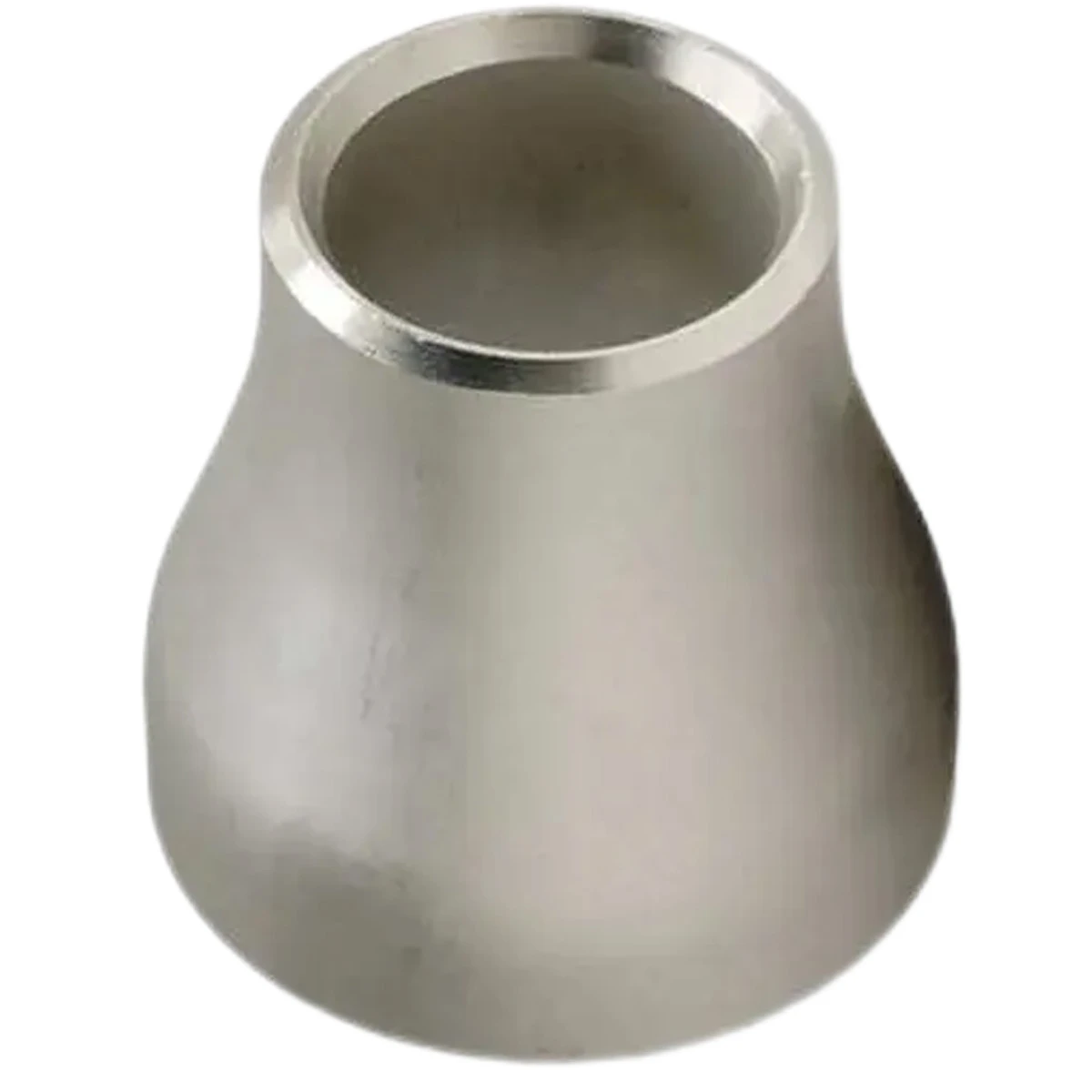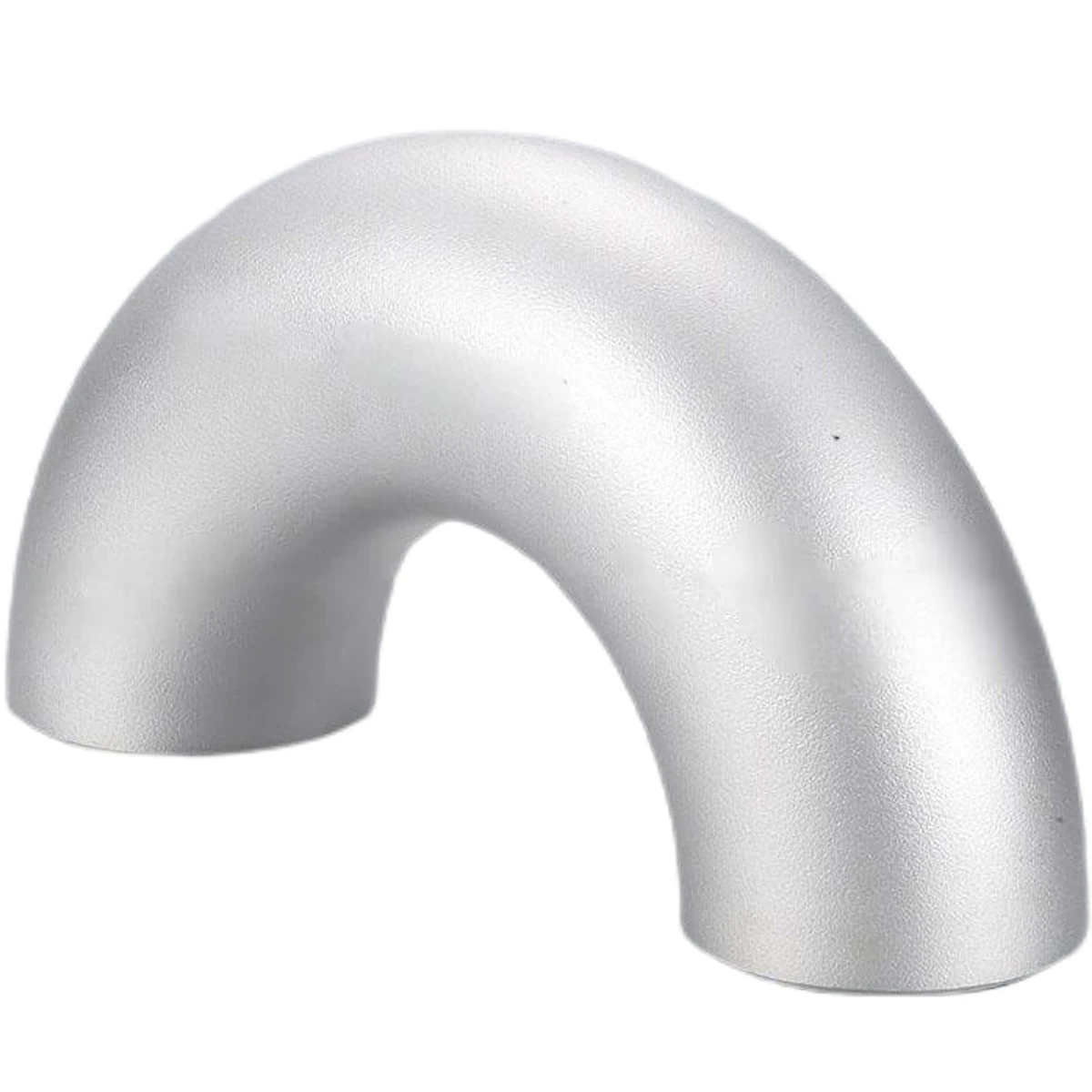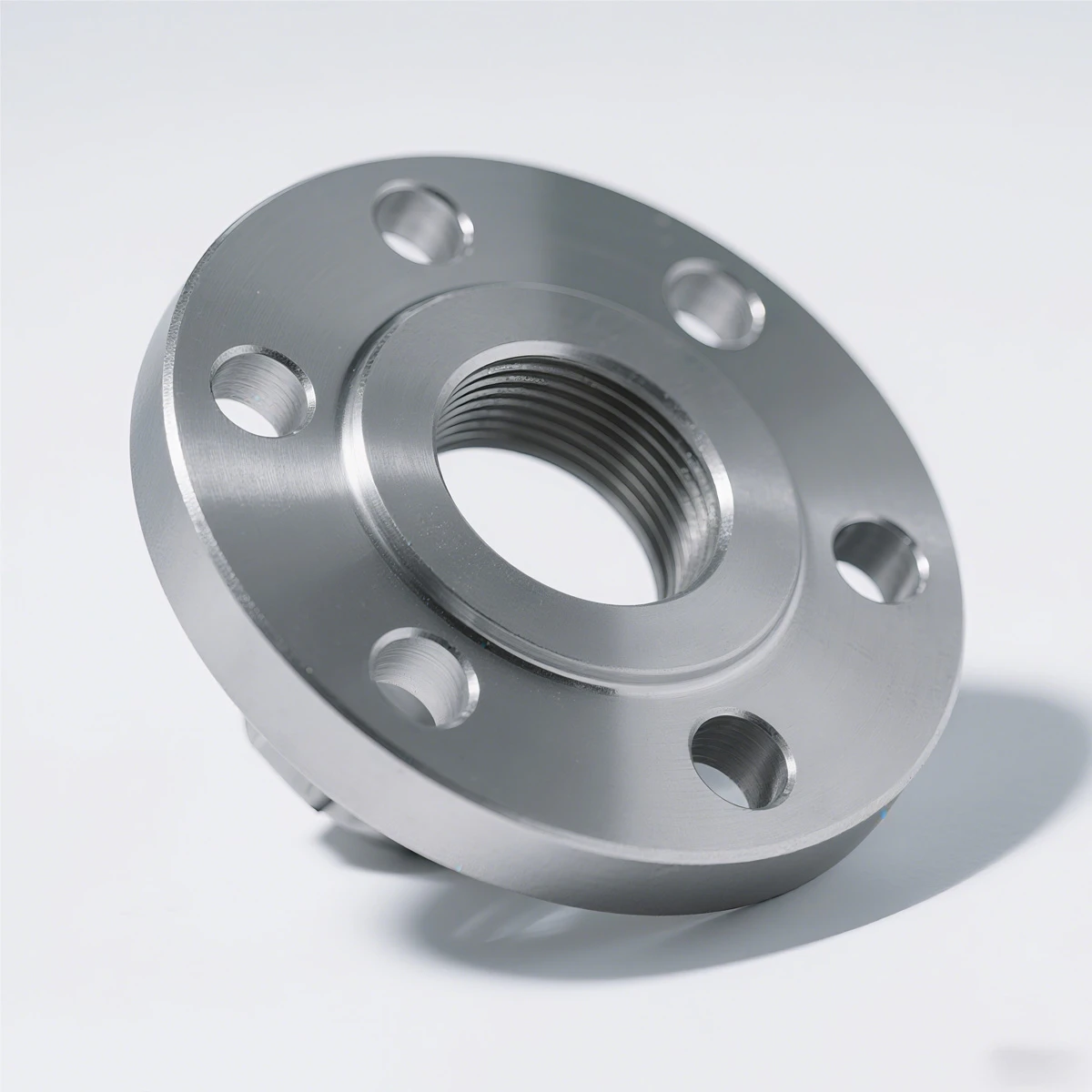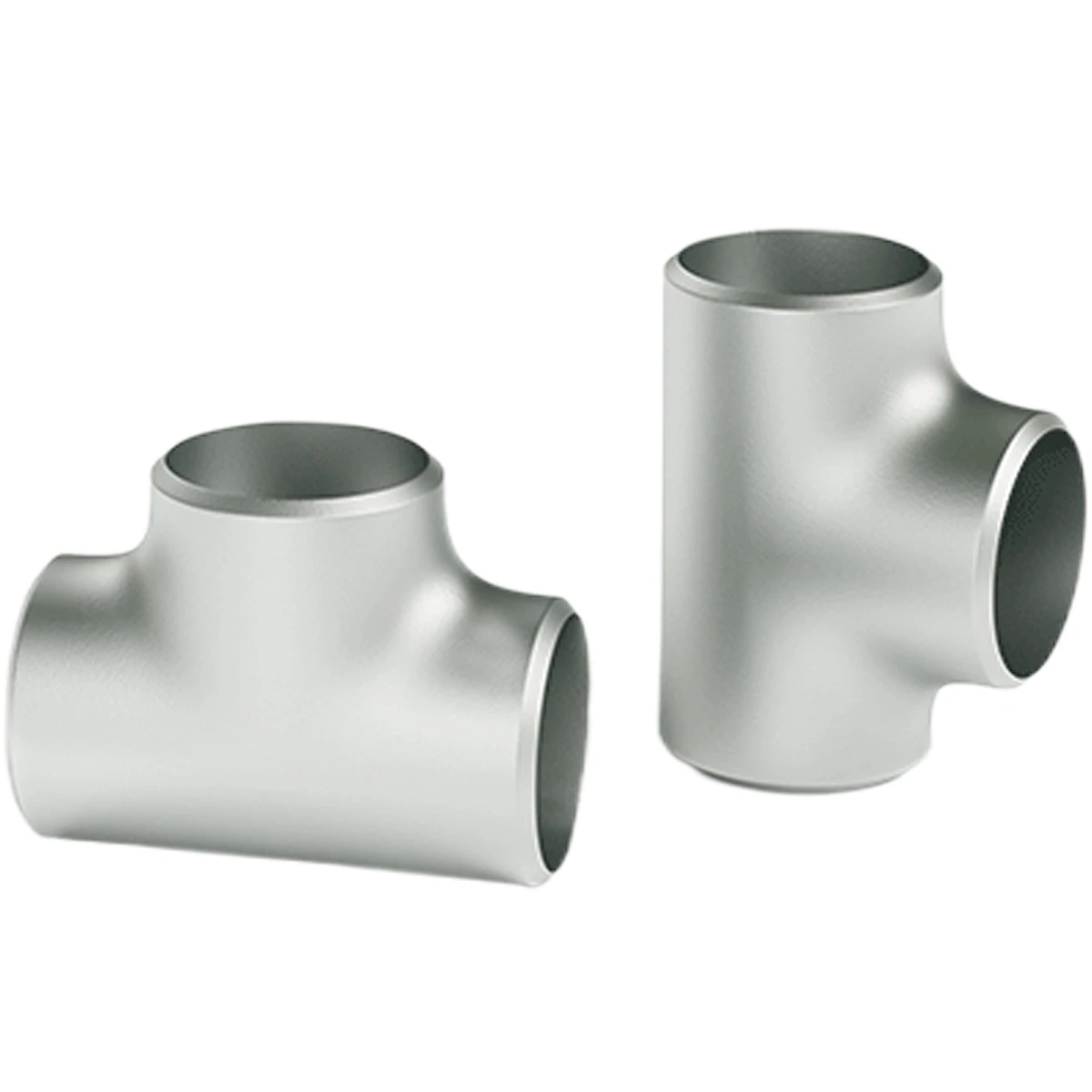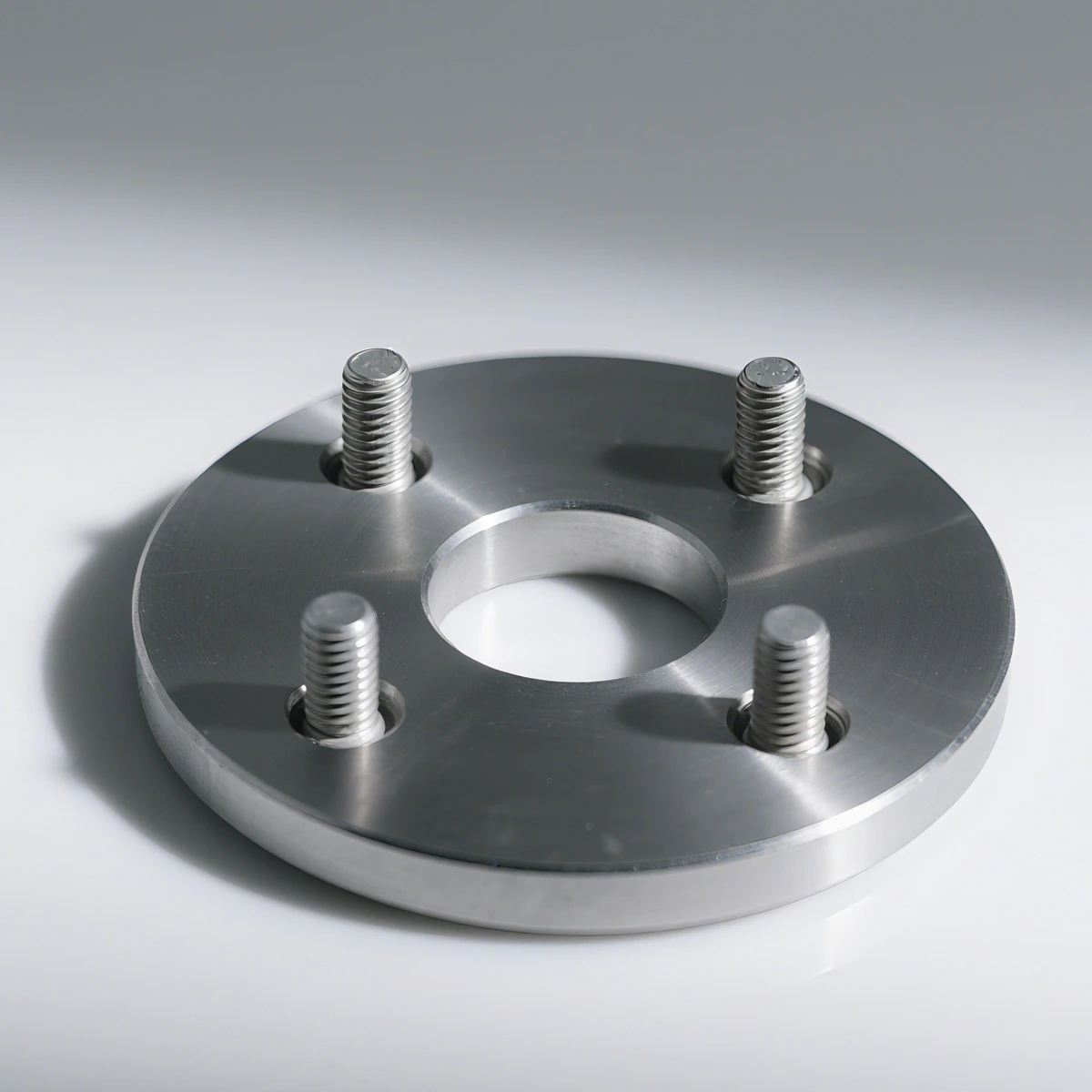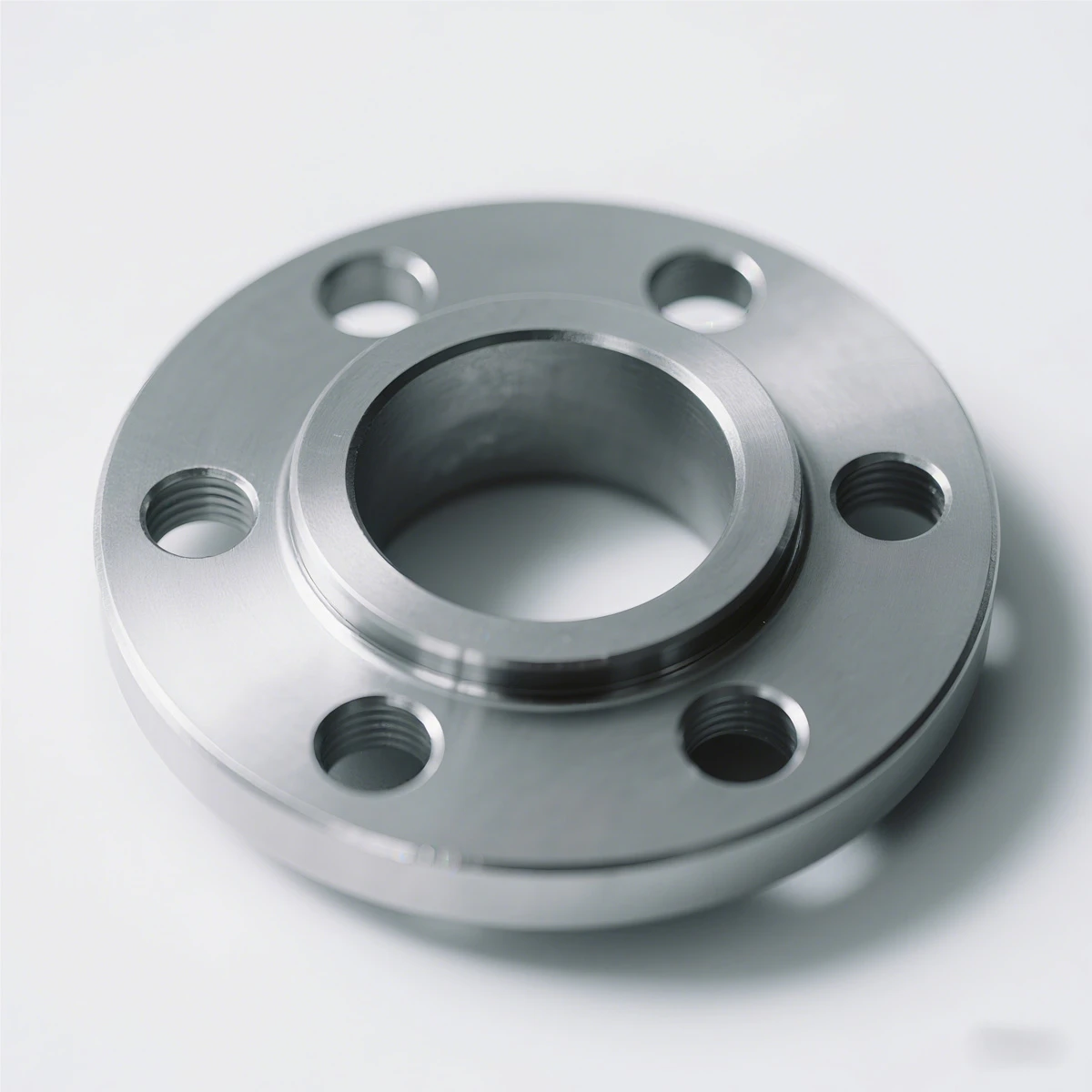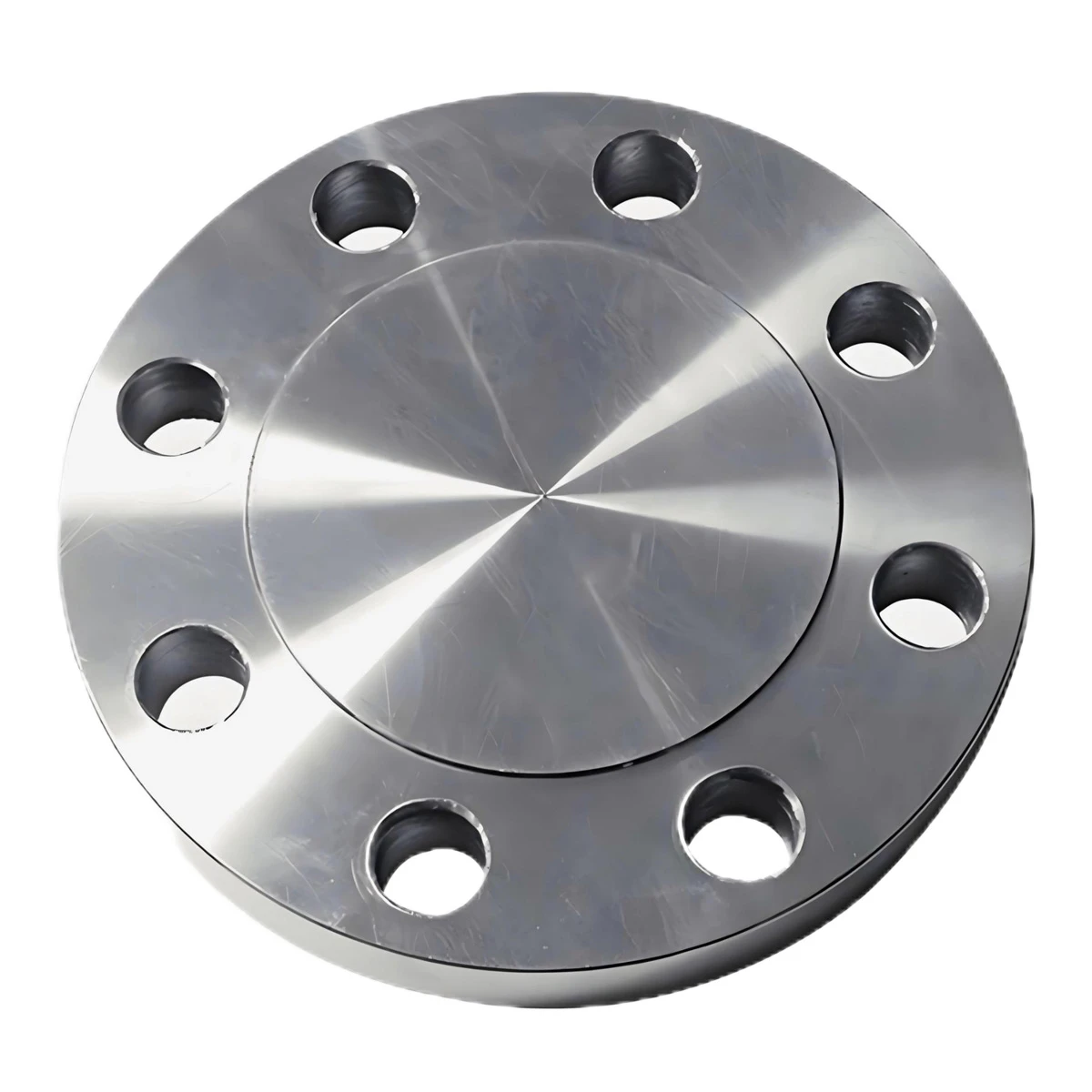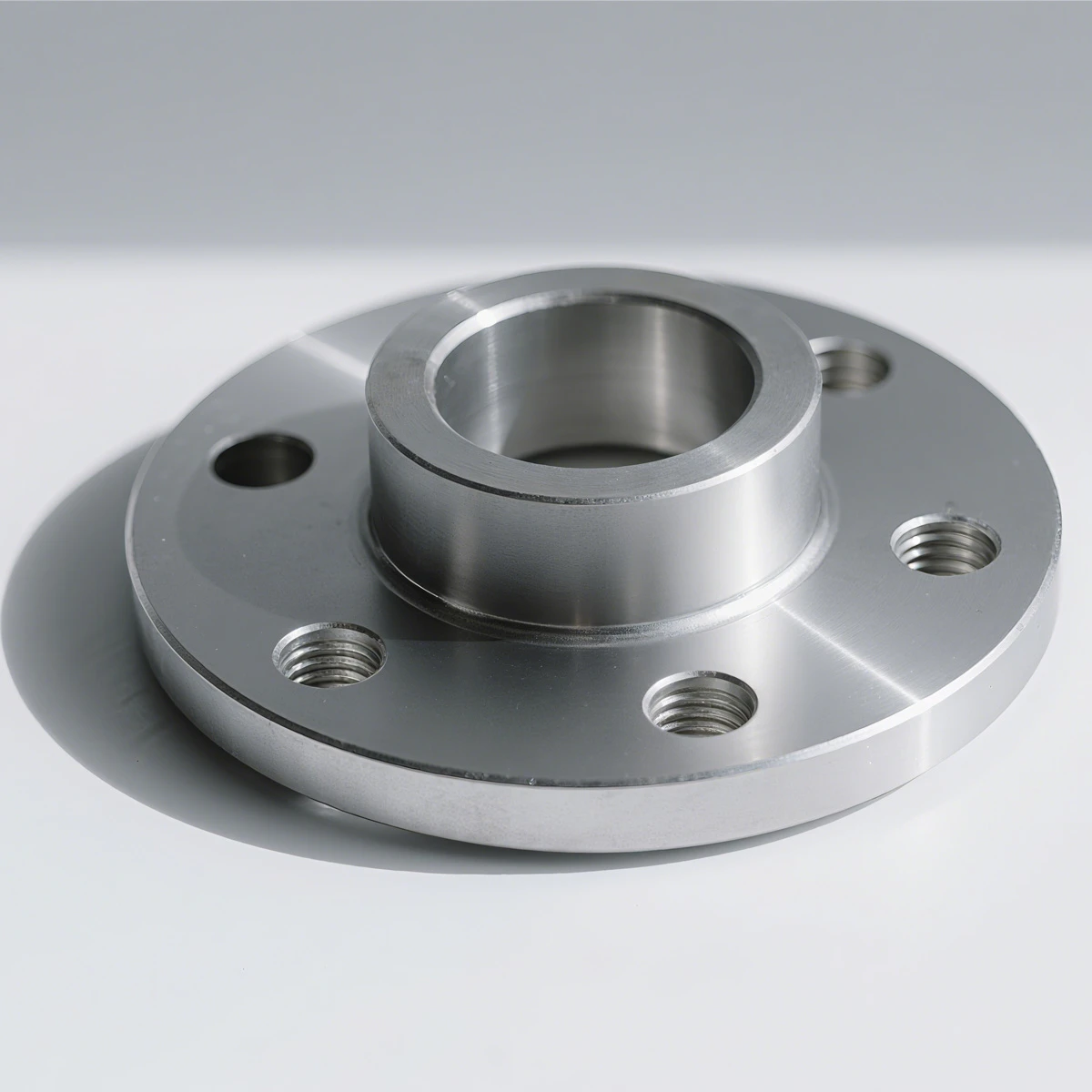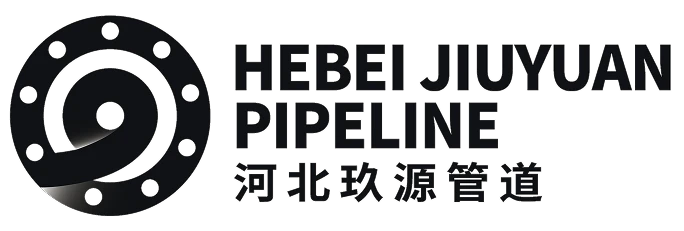
- Albanian
- Arabic
- Armenian
- Azerbaijani
- Belarusian
- Bengali
- Bulgarian
- Croatian
- Czech
- Danish
- Dutch
- English
- Esperanto
- Finnish
- French
- German
- Greek
- Hebrew
- Hungarian
- Indonesian
- irish
- Italian
- Japanese
- Khmer
- Korean
- Kyrgyz
- Lao
- Latin
- Lithuanian
- Malay
- Myanmar
- Norwegian
- Persian
- Polish
- Portuguese
- Romanian
- Russian
- Serbian
- Slovak
- Slovenian
- Spanish
- Swedish
- Tagalog
- Thai
- Turkish
- Turkmen
- Uzbek
- Vietnamese
- Zulu
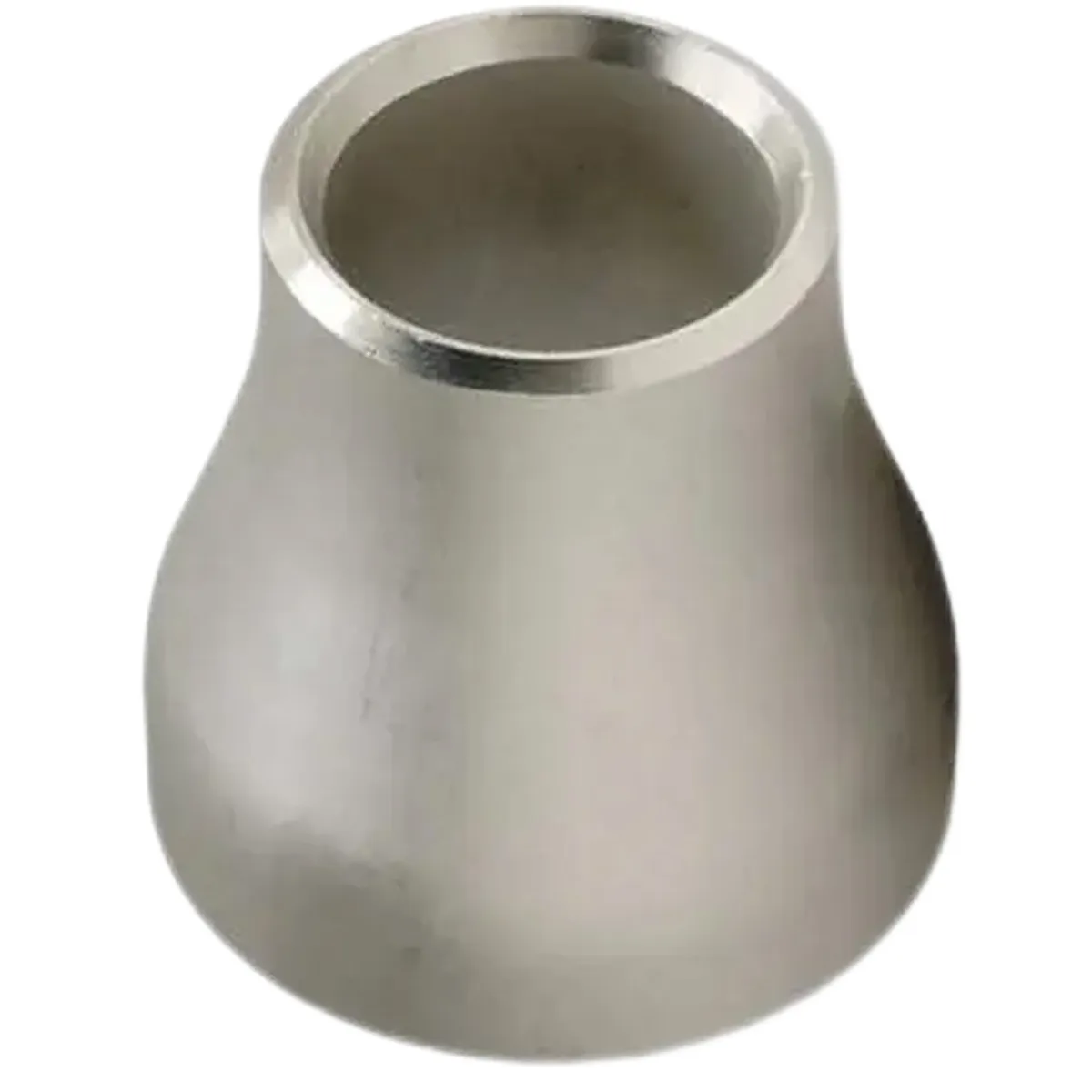
In today's fast-evolving industrial landscape, **pipe reducers** are vital components enabling seamless pipe integration and efficient fluid transfer across industries such as oil & gas, petrochemical, metallurgy, water supply, and power generation. This guide explores in-depth pipe reducer types, technical parameters, manufacturing processes, application cases, and industry trends, integrating authoritative standards and visual data to provide a true EEAT (Experience, Expertise, Authoritativeness, Trust) resource.

- •Market size: The (MarketsandMarkets 2023) projects the global pipe fittings market (including reducers) to surpass $90 billion by 2026, driven by infrastructure investments and energy sector upgrades.
- •Key functions: Pipe reducers enable diameter transitions, maintain flow parameters, reduce turbulence, and ensure pressure integrity. Typical materials include carbon steel, stainless steel, alloy steel, PVC, HDPE.
- •Certification standards: Products are commonly certified to ISO 9001, ASTM B16.9, ASME, ANSI, EN 10253, and environmental codes.
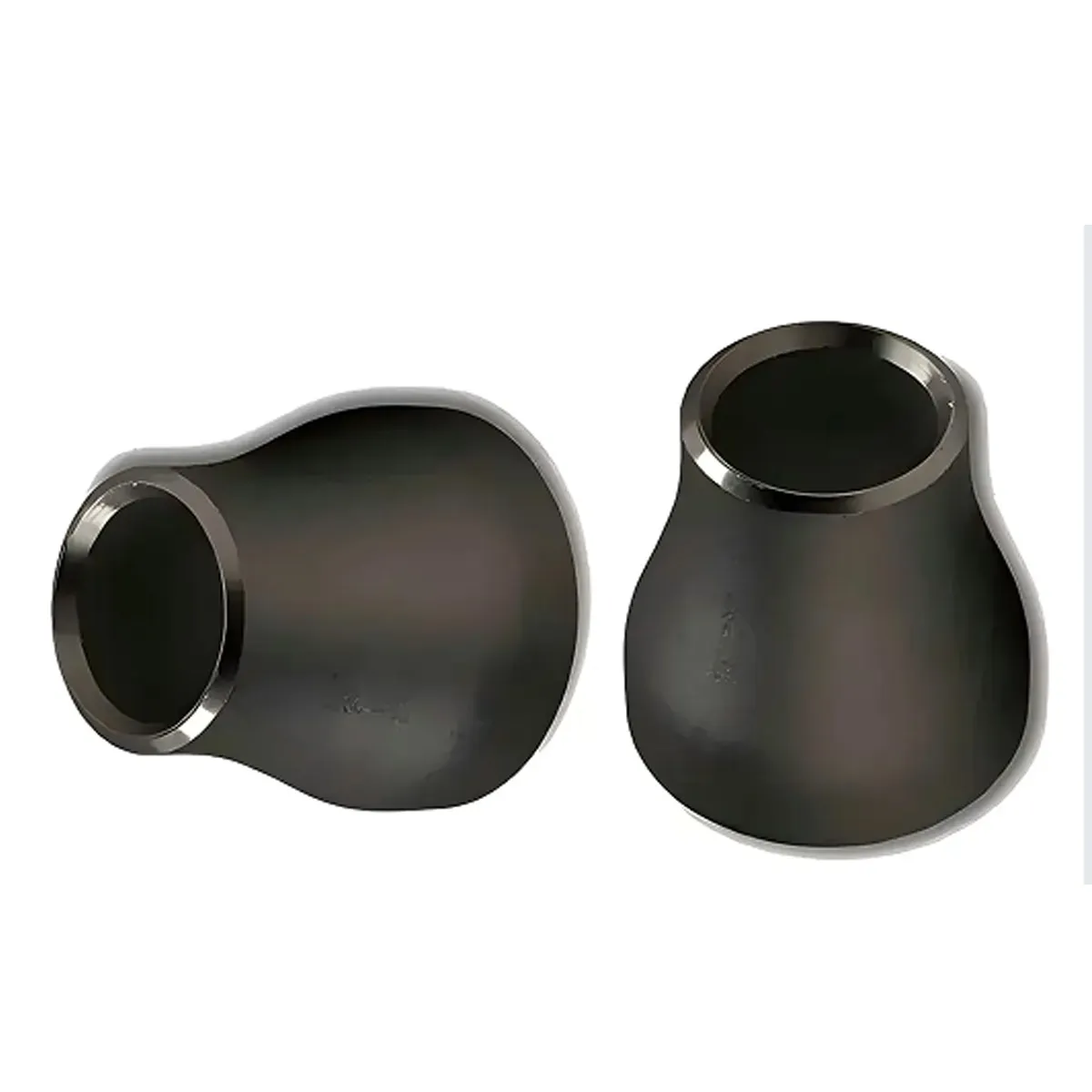
- •Concentric Reducer
- Symmetrical cone shape, both pipe centers align. Primarily used when there's a vertical alignment or no risk of air accumulation (e.g., vertical piping, pump suction). - •Eccentric Reducer
- Flat on one side (bottom/top). Ideal for horizontal lines to avoid air pockets or eliminate cavitation, especially in pumps, compressors, and low-clearance pipe racks.
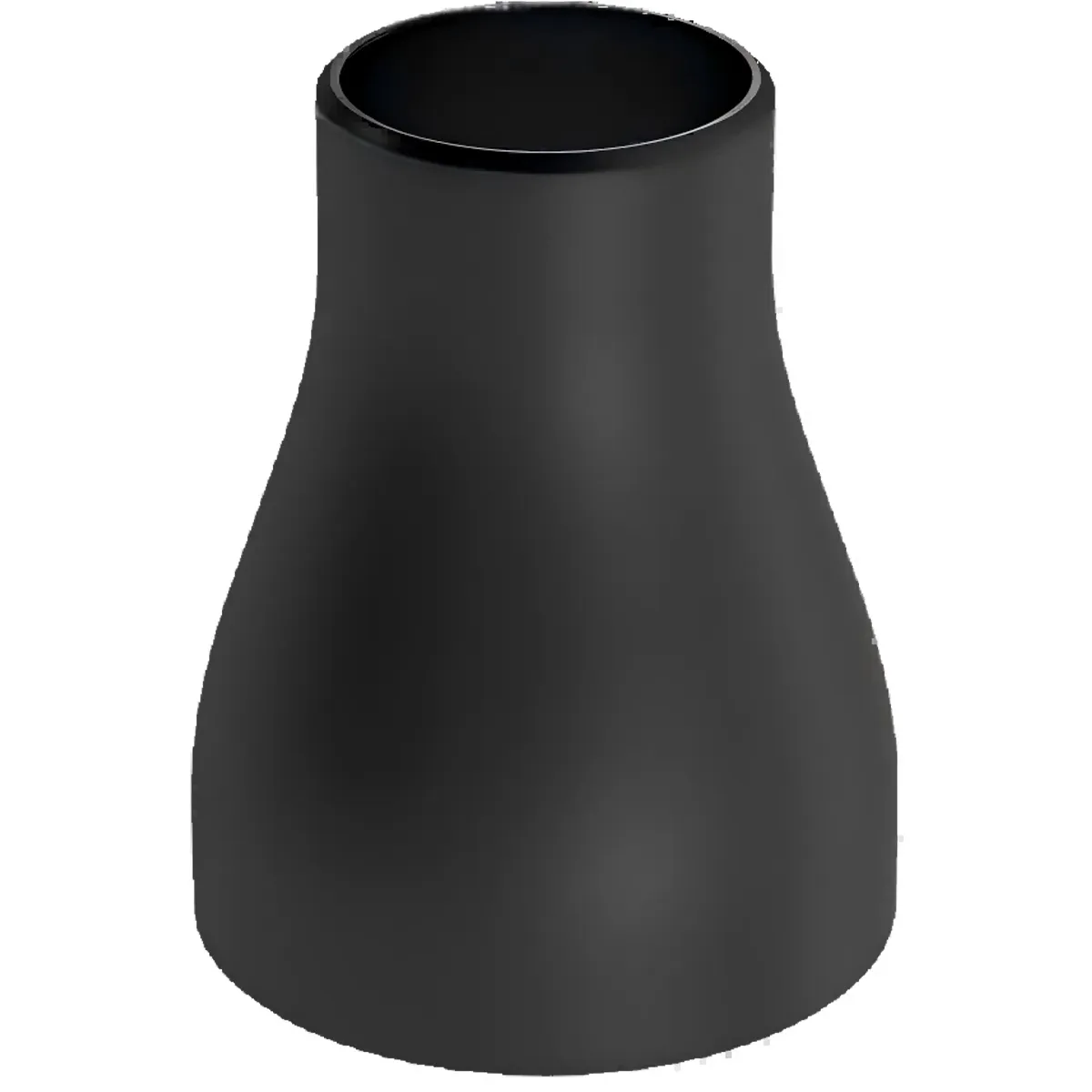
| Reducer Type | Standard | Size Range (NPS) | Thickness (SCH) | Materials | Typical Applications |
|---|---|---|---|---|---|
| Concentric Reducer | ASME B16.9 | 1/2"–48" | SCH 5 – SCH 160 | CS, SS, Alloy, PVC | Vertical liquid/gas flow |
| Eccentric Reducer | ASME B16.9 | 1/2"–48" | SCH 5 – SCH 160 | CS, SS, Alloy, HDPE | Horizontal pumping lines |
| Reducing Tee | ASTM A234 | 1/2"–36" | SCH 10 – SCH 120 | CS, SS | Branch connection, process lines |
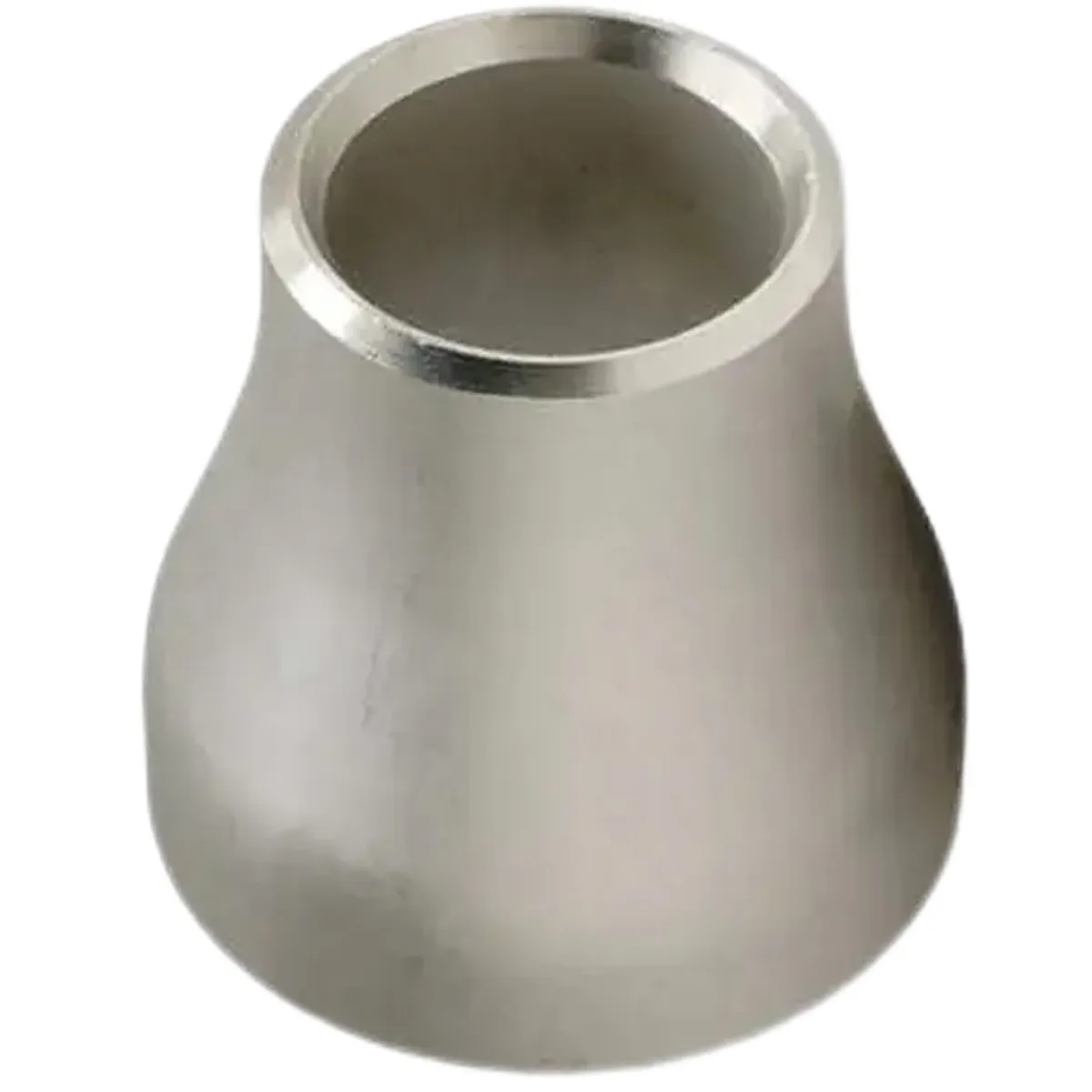
- •Material Selection: High-grade steel billets (ASTM, DIN, JIS certified), alloys, or polymer resins (for HDPE/PVC).
- •Forming (Hot Pressing, Forging or Extrusion): Materials are heated, formed into the reducer shape by hydraulic presses or die forging, optionally with CNC pre-machining.
- •Heat Treatment: Austenitization, normalizing, annealing to ensure toughness and grain uniformity.
- •Final Machining: CNC turning/drilling to achieve precise wall thickness, beveling, and inner diameter according to technical drawing.
- •Surface Processing: Shot blasting, anti-corrosive epoxy coating (for buried/ marine/chemical service), or passivation (for stainless steel reducers).
- •Quality Inspection: Each product undergoes NDT (ultrasonic/x-ray), dimensional checks, and hydrostatic tests based on ISO 9001, ASME B31.3, and customer requirements.
- •Packing & Delivery: Shrink-wrap, seaworthy wooden crates, full marking with batch traceability.
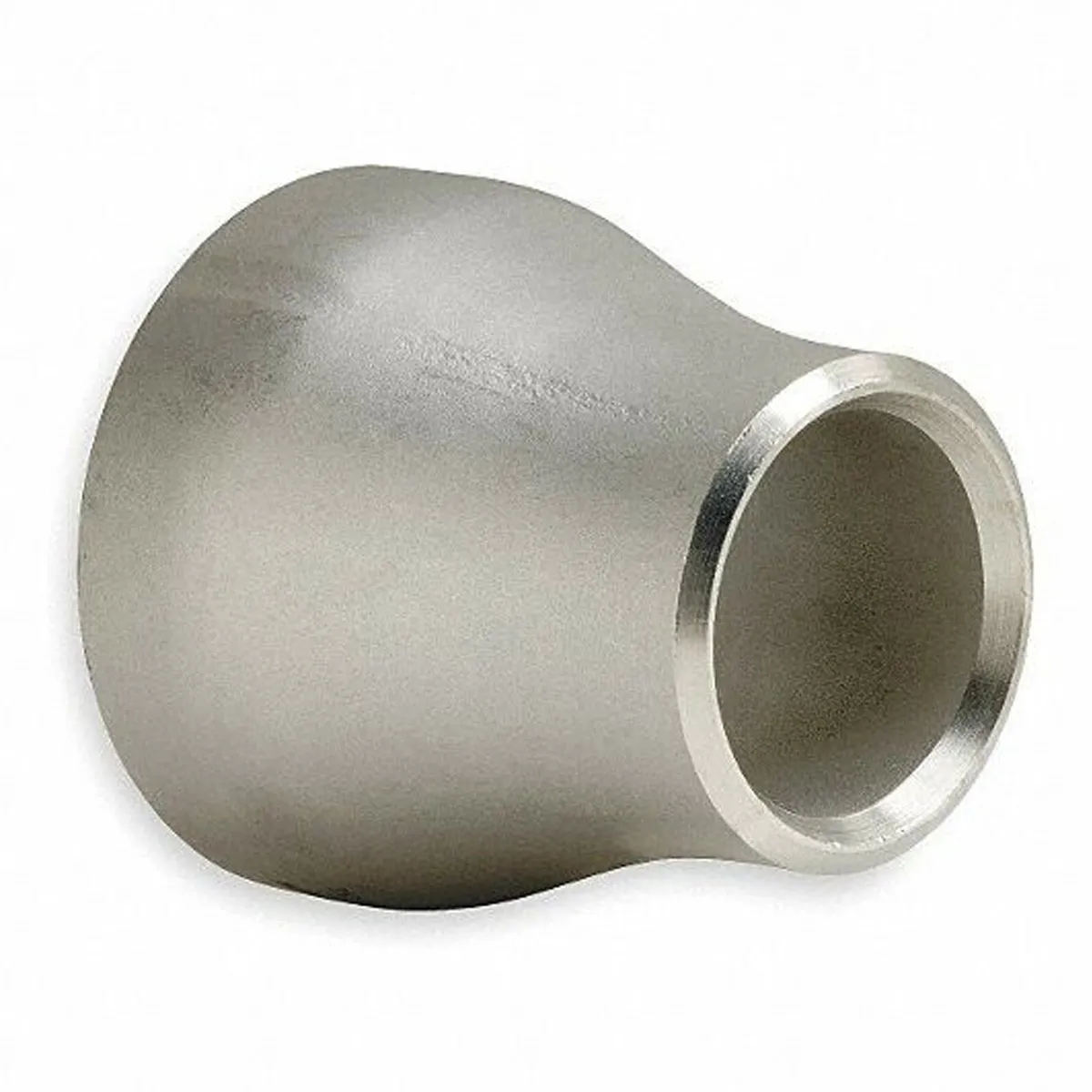
• Materials: Carbon Steel (A234 WPB, A420 WPL6), Stainless Steel (A403 WP304/316), Alloys, PVC, HDPE.
• Manufacturing: Hot forming, seamless forging, CNC finishing.
• Inspection: 100% hydrostatic test, 100% NDT for pressure class ≥ PN40 as per EN 10253-2.
• Design Life: ≥ 30 years (standard conditions), > 100,000 cycle fatigue tested.
| Parameter | Concentric Reducer | Eccentric Reducer | Custom Reducer |
|---|---|---|---|
| Standard (Main) | ASME B16.9/EN10253 | ASME B16.9/EN10253 | DIN 2616, GB/T, JIS |
| Diameter (mm) | DN15–DN1200 | DN15–DN1200 | DN20–DN2000 |
| Working Pressure | PN10–PN160 | PN10–PN160 | Up to PN250 |
| Temperature | -40~600°C | -40~600°C | -60~900°C |
| Best for | Vertical flow, pumps | Horizontal flow, compressors | Special fluids, large sizes |
| Surface Treatment | Paint/ Epoxy/ Galvanizing | Paint/ Epoxy | Custom (PTFE, PFA, etc.) |
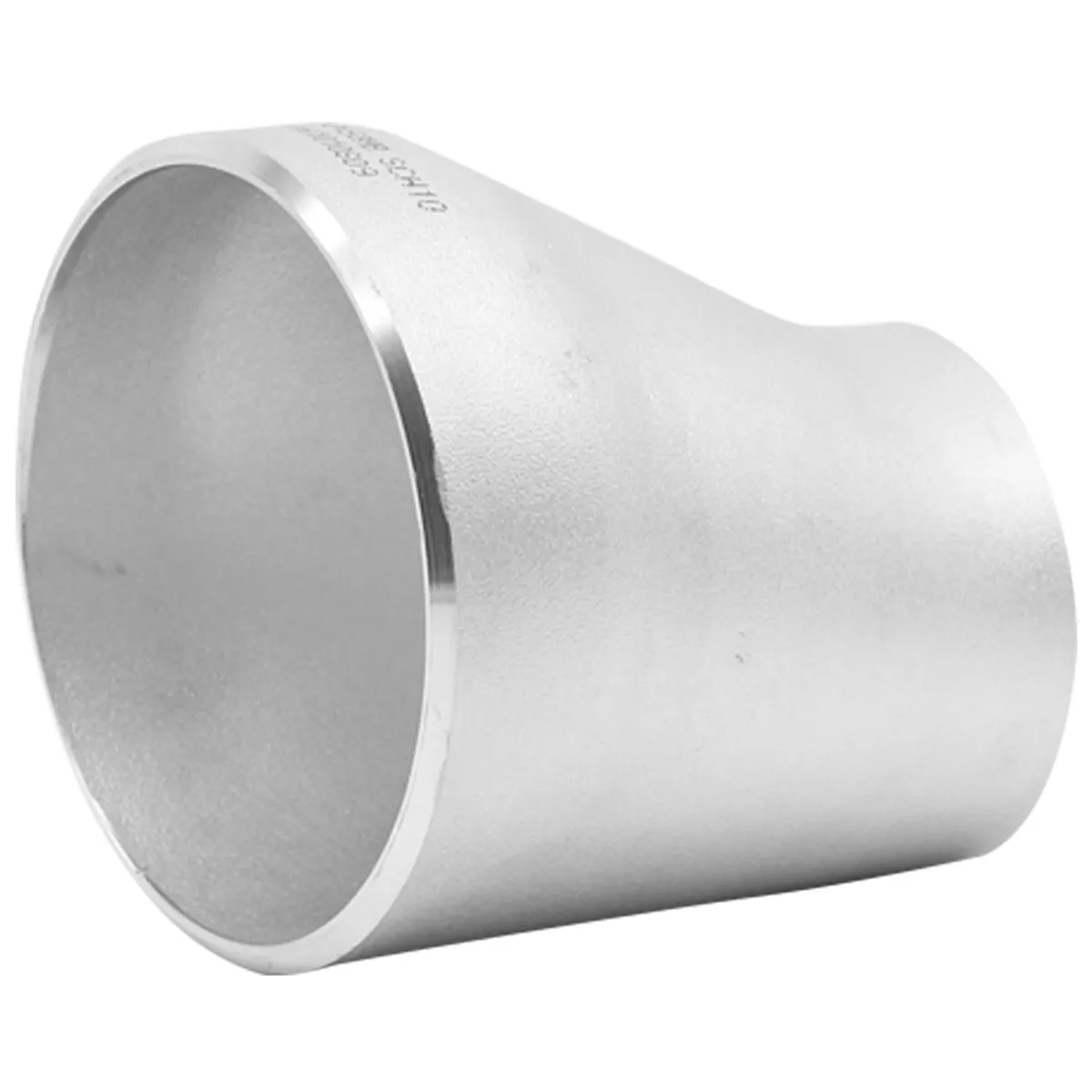
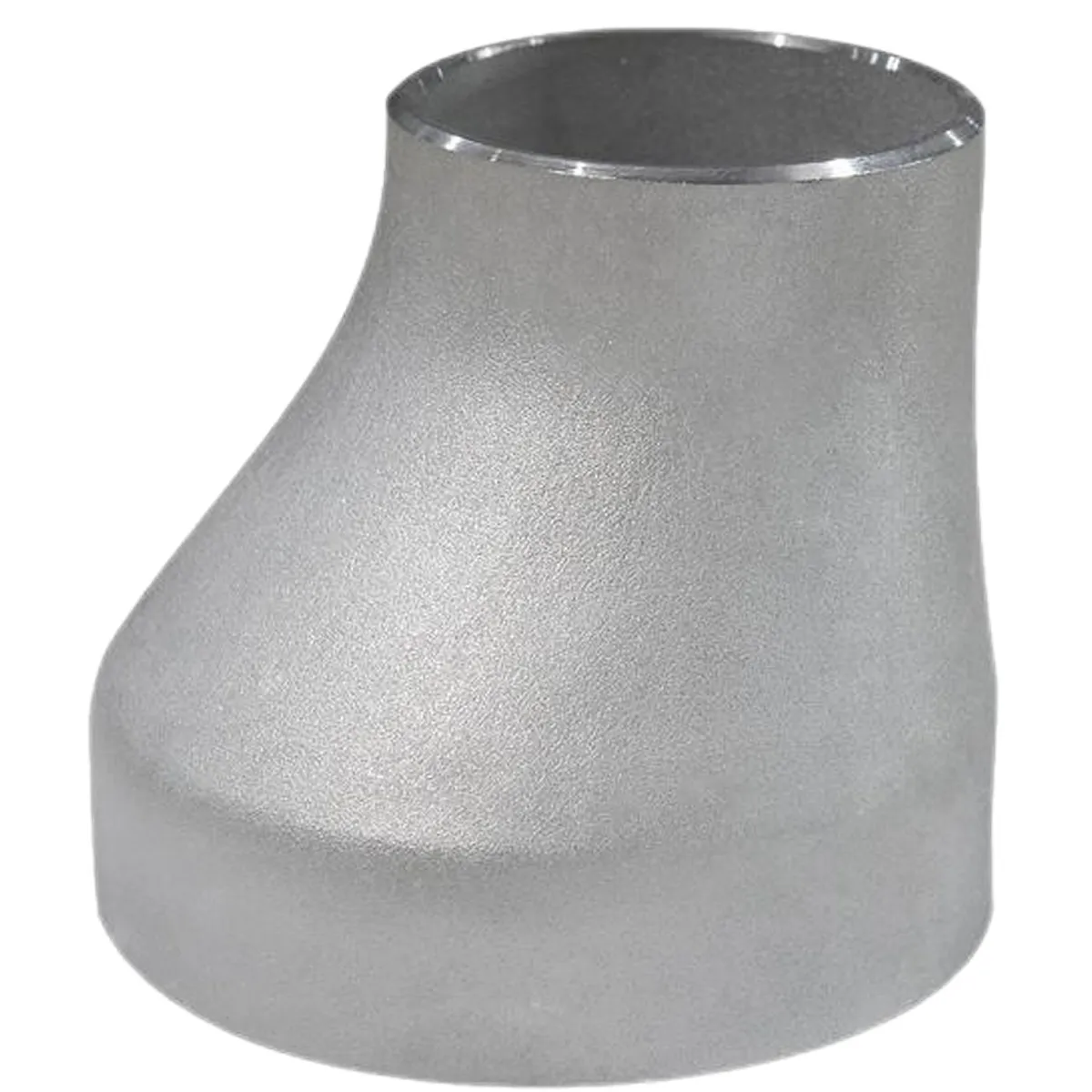
| Manufacturer | Production Capacity (pcs/yr) | Main Markets | Certifications | Custom Design | Delivery Time (weeks) |
|---|---|---|---|---|---|
| Hebei Jiuyu (Reducers) | 120,000 | Europe, Asia, MENA, Americas | ISO 9001, EN 10253, PED | YES | 2–4 |
| Weldbend Corp. | 85,000 | USA, Canada, Latin Am. | ASME, API | NO | 3–5 |
| Sandvik Materials | 47,000 | EU, Middle East | ISO, ASTM | YES | 3–6 |
| MRC Global | 60,000 | Global | ASME, PED | LIMITED | 4–8 |
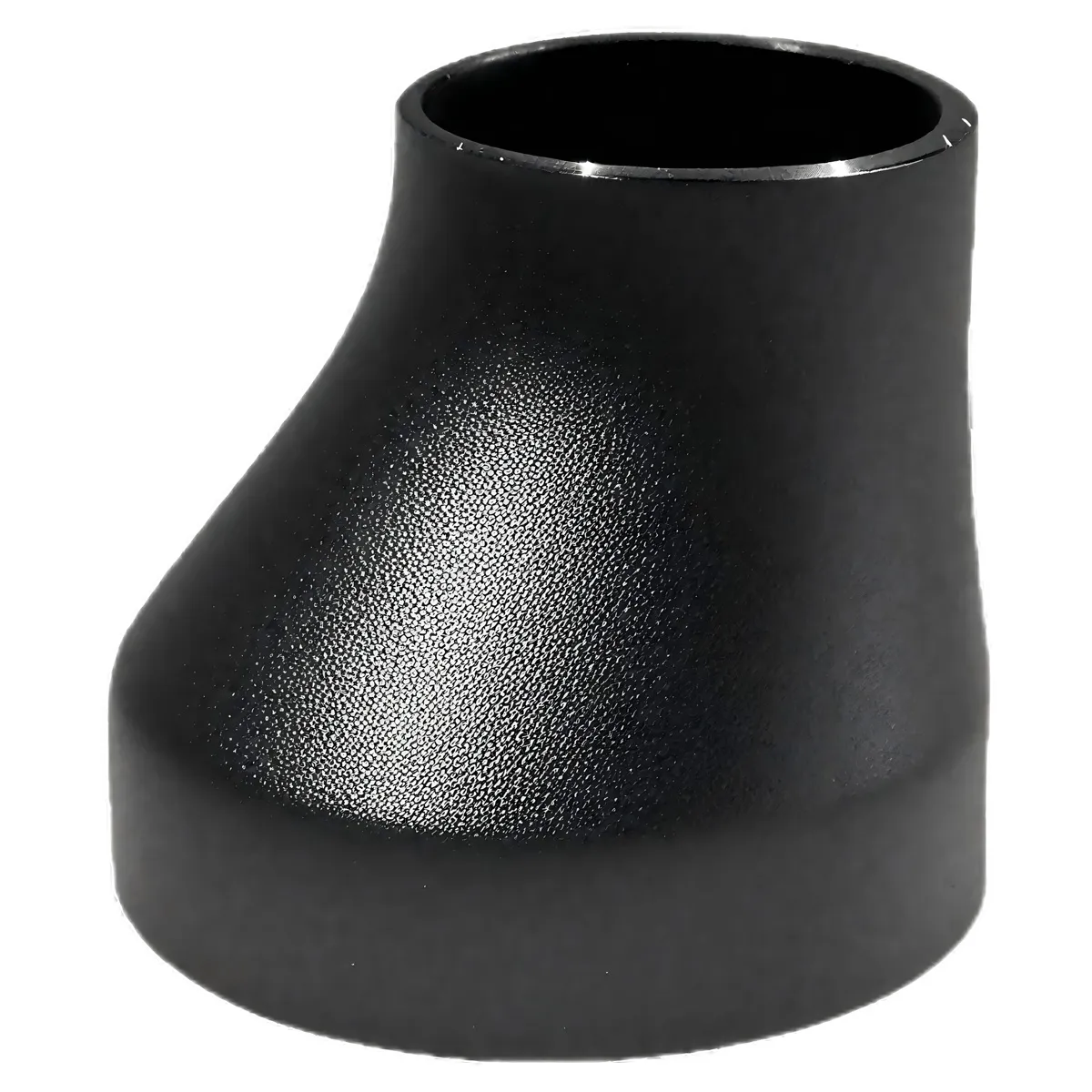
- •Full engineering documentation (CAD, 3D models, stress testing reports).
- •Bespoke fabrication for non-standard sizes/materials (superalloys, duplex SS, lined reducers).
- •Integrated project tracking, international logistics, on-site support, and post-installation maintenance service.
- •Fast prototyping (from design to sample: 10–15 business days).
Warranty: 24–36 months on materials and manufacturing. All products are traceable by heat number (QR/Barcode on each reducer).

Challenge: Standard pipeline required transitions from 24" to 16" in a corrosive, high-pressure marine environment.
Solution: Duplex SS concentric reducers (EN 10253-4) with FBE anti-corrosion coating.
Result: Zero leakage or maintenance events over first 16 months, improved flow by 7.2% (project report available).
Challenge: Quick installation in crowded trench, minimize welding and site downtime.
Solution: High-precision HDPE eccentric reducers, integrated flanged connections, delivered pre-tested.
Result: Installation time cut by 30%. 3-year zero-failure record as of 2024.
Challenge: Handling aggressive acids at 120°C, frequent thermal cycling.
Solution: Hastelloy C276 custom reducers, ISO 15156 certified, 100% NDT. Result: No corrosion or fatigue defects after >8,000 cycles; documented by plant inspection report.
- •Refinery Transfer Pumps: Use of eccentric reducers to prevent vapor lock.
- •Steel Mills: Customized transitions for high abrasion slurry lines.
- •High-rise HVAC: Compact reducers to fit in limited shaft spaces.

-
Q1. What are the main standards governing pipe reducer types?
Most reducers comply with ASME B16.9 (USA), EN 10253 (EU), and GB/T 12459 (China), covering dimensions, wall thickness, testing protocols, and marking.
-
Q2. How do I choose between concentric and eccentric reducers?
Use concentric reducers for vertical flow or where sediment/air trapping is not a concern. Use eccentric reducers in horizontal installations to avoid air pockets or maintain the bottom/top level, especially at pump suctions and discharge lines.
-
Q3. What material grades are offered for reducers?
Carbon steel (A234 WPB), stainless steel (304/316/321), alloy steels, duplex/super-duplex, plastic (PVC, HDPE), and exotic metals for harsh applications. Material selection depends on media, temperature, and pressure ratings.
-
Q4. What is the lifetime of an industrial reducer?
Typical service life for metallic reducers is 25-40 years, provided correct selection, installation, and scheduled inspection. Polymeric reducers (HDPE, PVC) offer 10-25 years depending on temperature and chemicals involved.
-
Q5. What are installation standards for reducers?
Follow piping codes (ASME B31.3, EN 13480). Reducers are installed with correct orientation (flat side down for eccentric in horizontal lines), full-root welding (with radiographic inspection if required), and correct support to avoid vibration/fatigue.
-
Q6. Are custom reducers available?
Yes. Custom solutions include non-standard diameters, high-wall thickness, lined reducers (PTFE, PFA) for chemical resistance, and special geometries. Reducers can manufacture to drawing or sample, fully certified.
-
Q7. What testing is performed on high-criticality reducers?
Full NDT: ultrasonic, X-ray, hydrostatic pressure, chemical analysis, impact, and hardness if required by standard or client specification.
Expert technical consultation (24/7), fast quotation within 12 hours, sample shipment, batch test certificate (EN 10204 3.1), and on-site installation guidance worldwide. Feedback from 500+ EPC contractors, with majority rating "technical documentation & support" as 5 stars. Industry cooperation case studies available on request.

With increasing demand for energy-efficient, corrosion-resistant, and high-precision fluid systems, investing in the correct pipe reducer types is central to operational reliability and cost efficiency. By benchmarking product parameters, design standards, manufacturing processes, and real-world application scenarios, you can select Reducers that meet your technical and economic targets.
Verified standards-compliant suppliers like Reducers deliver both off-the-shelf and tailored solutions, with full engineering support, proven field cases, and credible certification—including ISO, EN, and ASME—helping clients win bids and operate safely across complex industries.
-
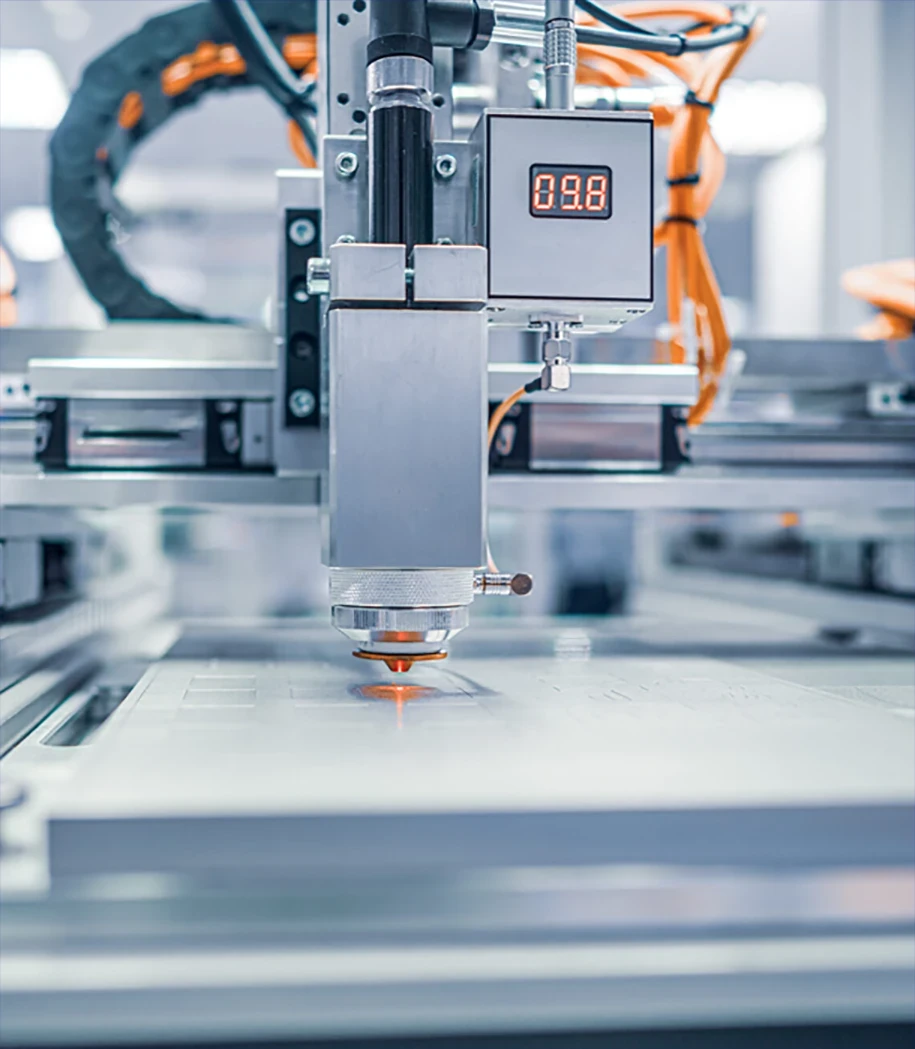 May. 27, 2025
May. 27, 2025Plastic pipe fittings, in particular, are witnessing substantial growth due to their cost-effectiveness and versatility.
-
 Apr. 24, 2025
Apr. 24, 2025Jiuyuan Pipeline is excited to announce its participation in the upcoming 2025 Wire / Tube with Metal & Steel KSA exhibition, scheduled from May 5th to May 7th, 2025.
If you are interested in our products, you can choose to leave your information here, and we will be in touch with you shortly.
